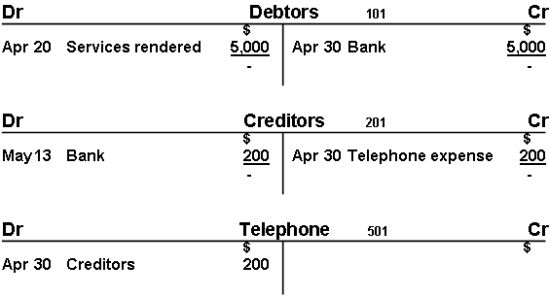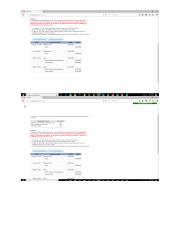
When learning how to reconcile your payroll liabilities in QuickBooks, take your time and dive deep. You may need to review several months of records, call providers to get itemized invoices, request revised invoices, and even work with your bank and tax agencies. If you have a good payroll accounting system in place and do your payroll reconciliations monthly, the time you spend reconciling payroll liabilities in QuickBooks should be minimized.
Why you Need to Use Payroll Liability Adjustment?
- On the other hand, QuickBooks Desktop presents a different set of payment methods, including traditional check printing and manual payment processing.
- After printing your reports, it’s a good idea to download the transactions from QuickBooks into an Excel spreadsheet.
- Click in the box under Tag Name, and enter a tag label, i.e., EE (to represent employee transactions as discussed above).
- You might also need to print payroll cash reports or itemized invoices from your benefit vendors if the issue requires more in-depth research.
It’s a liability even if an employee hasn’t taken any time off during the pay period. It’s a liability because employers are responsible for paying out PTO when an employee leaves the company or resigns. In a simple sense, liability is the particular amount that we are supposed to pay someone, however, we haven’t paid them yet.
If you want to view all of your payroll taxes, you can pull up the Payroll Tax Payments report. Now let’s move on to making changes to how to calculate shares outstanding the payroll tax liabilities in QuickBooks, but before that ensure you have the latest payroll tax table updates installed. Reconciling the payroll liabilities in QuickBooks often becomes an important need for business owners.
Step 6: Fix Payroll Liability Reconciling Items
Initiating payroll liabilities checks in QuickBooks Online facilitates efficient payment processing and enhances payroll management capabilities. This article clarifies every step on how to adjust payroll liabilities in QuickBooks and getting it as a credit to payroll tax liabilities. By using QuickBooks Online for creating payroll liabilities checks, businesses can streamline their payment processing procedures, ensuring that employees are paid in a timely and organized manner. This not only saves time but also minimizes the risk of error in payroll management.
Remember, since you’re reconciling liability accounts, the funds should remain in the account until you pay them out. Any funds that aren’t routinely cleared from your payroll accounts, like retirement benefit premiums that are paid out monthly, indicate there may be a problem. For instance, a bill payment may be late, or a transaction could be booked to the wrong account(s).
Common scenarios that can be corrected by a liability adjustment
Establishing payroll items within QuickBooks Online involves configuring essential components such as employee records, automation of transactions, and categorization of payroll expenses. This process streamlines the recording and management of payroll-related data. Once you determine the transactions that make up the final balance of each payroll liability account, you should assess whether or not the transaction amounts should be there.

Although having payroll software makes paying your employees the right way much easier, you still need to know the basics. You’ll see a list of transactions in the account, but if it includes too much data, or not enough, you can adjust the dates the report covers by selecting the box on the left of the report date. Here, you can choose to have the report cover data from the last 30 days, 90 days, and even the entire year. You should also enter data for the report in the box on the right—the current date should suffice. When the report is ready, you can click the printer icon on the far right of the page. No, if you do not run the ultimate guide to starting a bookkeeping business payroll as part of your business you do not need to file Form 914.
Steps to Adjust Overpaid Payroll Liabilities in the Company File
Understanding these interface disparities is crucial for efficient payroll management. By setting up scheduled payments, businesses can ensure that their payroll liabilities are consistently funded, avoiding potential penalties or interest charges due to late payments. This also promotes financial planning and organization, as it allows for the predictable allocation of resources for upcoming tax liabilities.
If you employ union workers, you must comply with the pay and overtime rates required in the collective bargaining agreement with the union. This accounting method does not post expenses based on cash inflows and outflows, referred to as the cash basis method of accounting. Now choose delete from the screen top and then select OK delete the particular payment. You may observe that the option varies according to your geographic location and the agencies with which you are registered for payment. It why would a company use lifo instead of fifo is also important to keep in mind that, if you are not enrolled in a payroll provider that sends these payments on your behalf, you could also need to submit and pay using a government website.